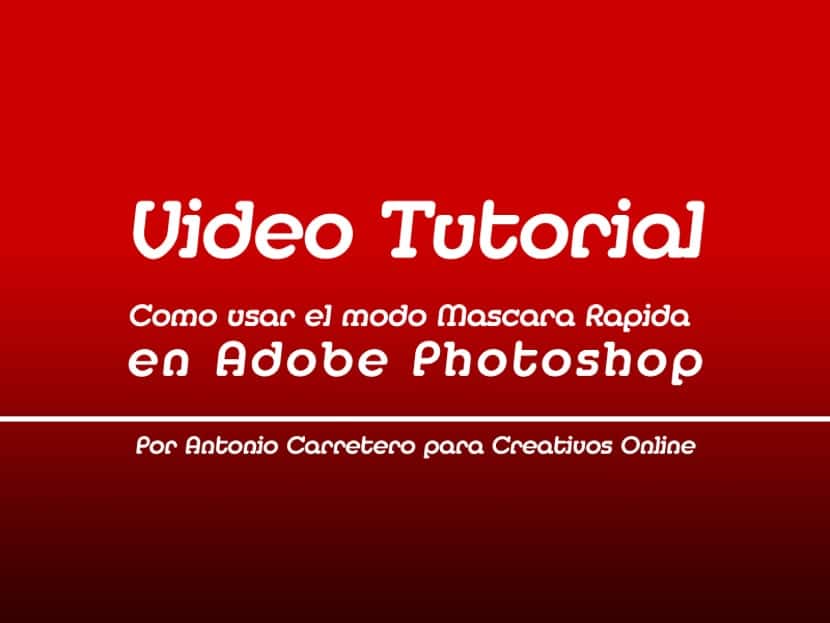
Adobe Photoshop is a program that has many tools. Many of them serve to complement the characteristics of others, and many others to do the same, however in a different way.
Today I bring you the last of the video tutorials that I am dedicating to the selection tools, being the tool that we bring today, both a complement to the others, and a different way of doing it. Today I bring you the entrance, How to use Quick Mask mode in Photoshop.
Well let's start learn how to use Quick Mask mode for editing. In a previous post, we talked about How to use the Selection tools in Photoshop. Now let's start using this powerful Adobe Photoshop editing mode:
- We are going to choose an image to work on and make a selection. I have chosen one from a flower, a Magnolia.
- We choose one of the selection tools. I choose quick selection to do it as fast as possible.
- I use the tool on Magnolia and I get a good result a priori.
- I have stayed some sites not fully selected.
- I enter Quick Mask edit mode, either by pressing the button on the toolbar or the keyboard shortcut which is the letter Q.
- Once activated, we will see that everything that remains within the selection will be uncovered and what was left outside is covered by a semitransparent red layer.
- If we go to the channels palette, we can see that apart from the normal Photoshop channels when it is in RGB, an extra channel will have been created, which is automatically named as Quick Mask. In this channel we will see the part masked in black and the part not masked in white.
- We double left click on the Quick Mask channel and we will get a dialog box that allows us to reverse the masking and that the part we select is the masked one.
- We choose the Brush tool and we paint over the parts that are not covered by the mask. Although the paint looks reddish, we must have chosen the Front color to be able to paint with the mask on the image, and the background color to be able to erase the mask from where we do not want to select.
- I retouch the selection I made with the Quick Selection tool. I have to add mask around the edges and erase some placess. I work with the tool until I am happy with the selection made.
- I exit Quick Mask edit mode.
- I already have my selection made and ready for whatever you need.
In the next video tutorial I will teach you how to use the Perfect Edge option, which is essential when it comes to obtaining perfect cutouts in Photoshop.